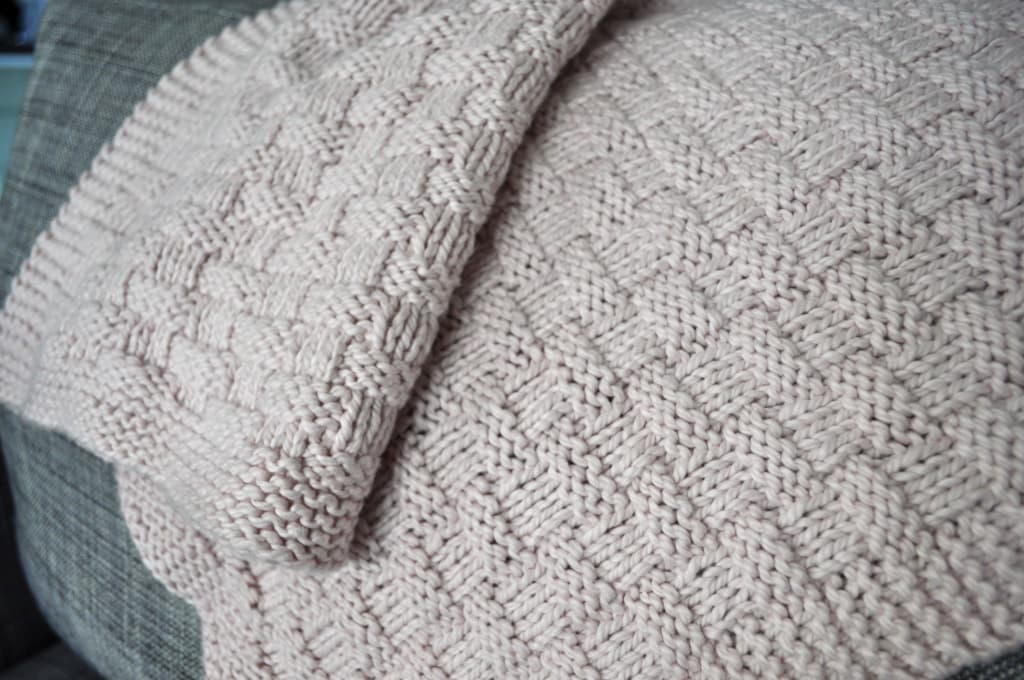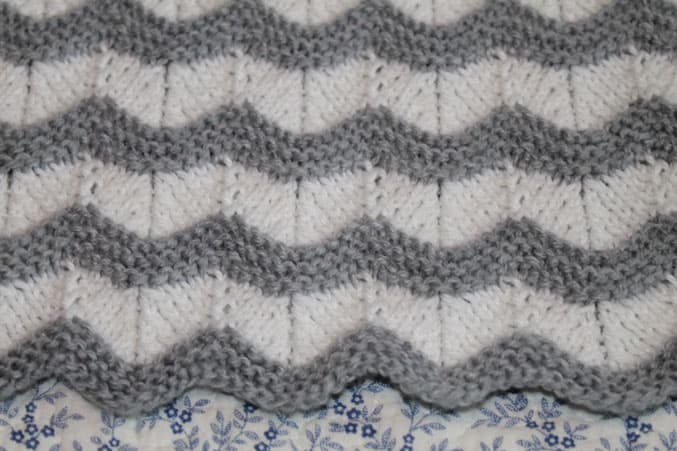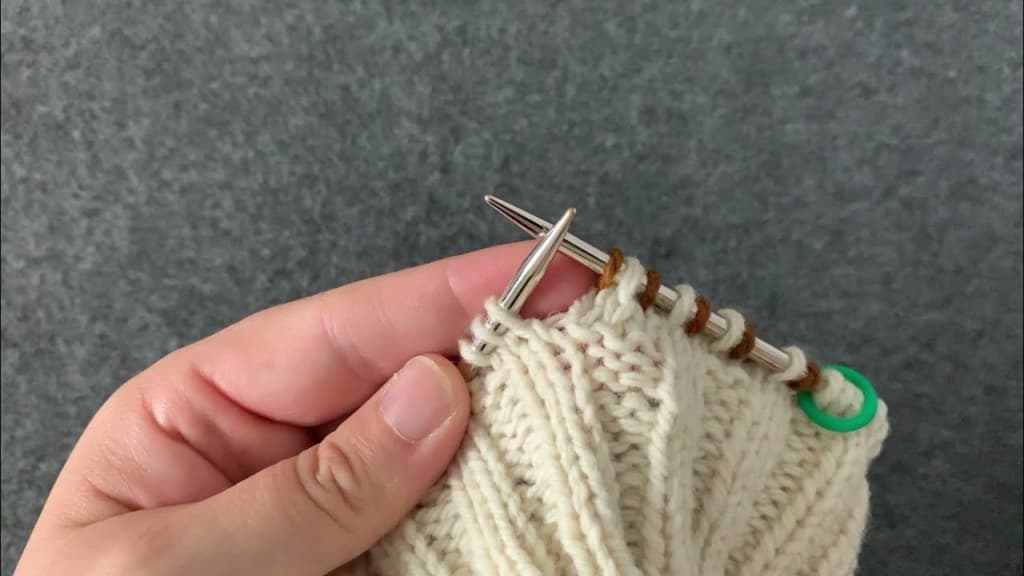This guide aims to illuminate the finer points and appeal of the Knit Through the Back Loop (k tbl) technique, an elementary yet essential skill in the vast knitting toolbox. Although this method might appear simple, understanding its nuances is a game-changer for both novice and seasoned knitters. The k tbl technique invites curiosity due to its distinctive pattern, varying effects, and intriguing contrasts when compared to the ordinary knit stitch.
How Does the Back Loop Technique Work?
This technique’s unique characteristic lies in how it twists the stitch when worked through the back loop. Comparatively, this twisted nature demands a bit more yarn than your standard knit stitch, resulting in a denser fabric. This density is not a disadvantage; instead, it introduces a level of intimacy to the fabric’s texture and feel.
The twisted stitch method stands out further with its inherent ability to lift the stitch away from the fabric. This distinct feature gives the fabric a pronounced 3D effect, which is especially noticeable in certain knitting patterns such as Twisted Ribbing.
Advantages of the Back Loop Technique
The k tbl method shines in its versatility and functional appeal. In Twisted Ribbing patterns, the technique accentuates the knit stitches, rendering a more detailed and sophisticated effect than standard ribbing. This refined texture offers a tactile sense of luxury and delicacy to the fabric.
Furthermore, the back loop technique has an inherent elasticity superior to its regular counterpart. This increased flexibility can prove particularly beneficial for knitted items prone to slipping, such as socks and hats. Switching to the twisted ribbing in these patterns can extend their staying power, ensuring socks stay up and hats remain securely in place.
Requisites
To prepare for your knitting journey, ensure you have the following:
- An ongoing knitting project with live stitches on the needles;
- Knitting needles that are suitable for the thickness and weight of your yarn.
Step-by-step Guide for k tbl
The k tbl technique may be straightforward, but each step taken with precision and care ensures a pristine and consistent outcome.
Step 1: Continue your pattern until you reach the stitch that requires the back loop method.
Step 2: Proceed by inserting the right needle into the back leg of the stitch, moving from the right to the left. Careful needle placement at this stage ensures the stitch’s correct twist.
Step 3: Bring the yarn over the needle in a clockwise direction, making sure to keep it taut but not overly tight.
Step 4: Gently pull this yarn through the stitch you’ve just worked with. Then, conscientiously slide off the stitch from the left needle, leaving the new twisted stitch on the right needle.
Conclusion
Mastering the nuances of each knitting stitch and technique significantly elevates the quality and finish of your work. The knit through the back loop (k tbl) technique, while seemingly simple, brings a certain intricacy to your patterns. It offers a unique twist to the traditional knit stitch, creates a denser and more elastic fabric, and adds a delightful 3D effect to specific patterns.
Whether you are embarking on your knitting journey or looking for ways to refine your skills further, understanding and applying the k tbl method is undoubtedly a beneficial addition to your knitting repertoire. Happy knitting!






